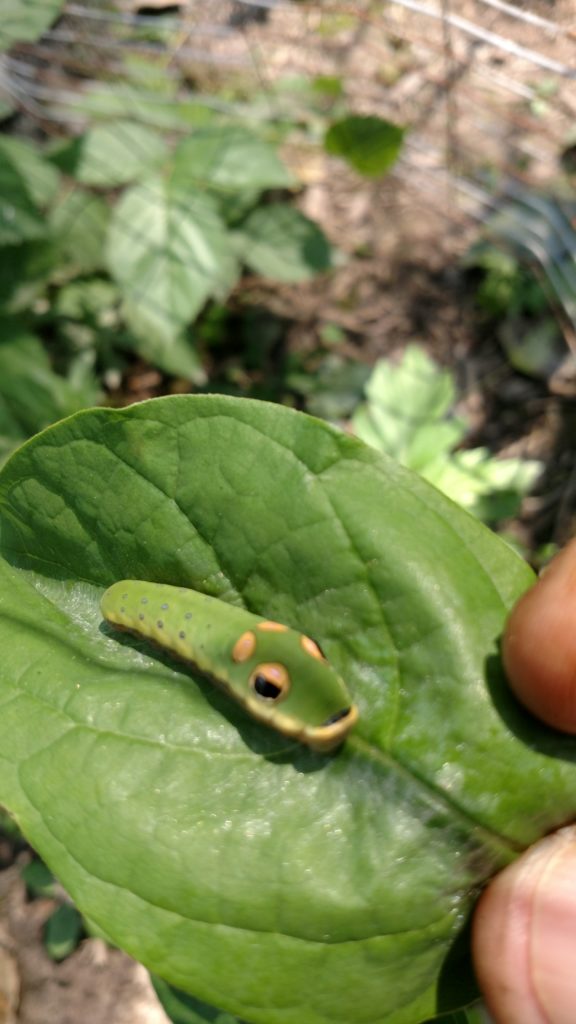
Standing up for the environment can be tough. We need to write letters, make phone calls and at times even hold a protest sign when we feel that the natural world is under attack. Often the battle can be frustrating and even disheartening. But there is something positive that we can all do, today, right now, to fight climate change, habitat loss and help dwindling pollinator, butterfly and migratory bird species.
The answer is simple: put a native plant in the ground and you automatically will have made the environment a better place, not only for our wildlife but for all of us too.
Why are natives so important to our wildlife? The answer is as simple as it is complex. Native plants are perfect. They have evolved together with our wildlife for millions of years. Unlike non-native plants our natives get their berries, seeds, nuts and nectar at exactly the precise time that our wildlife needs them most .Whether it is migration season , winter survival or nesting time there is a specific native plant that a creature depends on for survival. And the most important and the most misunderstood benefits of our wonderful natives are the insects that they alone can attract. For without that there would be no birds, butterflies or for that matter much of any wildlife left at all.
Let’s take for example a White Oak Tree which can attract more than 400 moth and butterfly species that eat the leaves which in turn feed millions of migratory and nesting birds each year as opposed to a non-native tree like an invasive Bradford pear which has maybe one insect species that will utilize it. In truth your backyard might look green and lush but if it is full of non-native invasive plants there is very little for our birds and butterflies to use. It would be like you going to the supermarket and finding out once you get there the food is made of plastic. But by utilizing native plants in the home landscape you will make your yard a critical habitat for the local birds, bees and butterflies.


Another example of the perfect native plant is the Spicebush-Lindera Benzoin. This wonderful shrub gets little yellow flowers in Spring for the pollinators. The female of the plant gets big fat red berries that are full of fat for fall bird migration and it is the host plant for the magnificent Spicebush Swallowtail Butterfly. It can’t get more perfect than that, unless of course you count in that you can even make Spicebush tea for yourself!

Native plants can help ease the stresses on wildlife caused by climate change. They can create critical stepping stones for migratory birds and revitalize local pollinator and butterfly populations yet still look as beautiful as any exotic plant you can buy at any nursery. Perhaps the most important thing native plants can do is to reconnect us all with the natural world that we have become so distant from in recent times.
Creating a backyard wildlife garden will not only make a place for the creatures that need it to survive, it will also become a haven for you and your family to thrive in and enjoy for many years to come.
Please join us on Sunday, June 30for our Very first Native Plant Day in the meadowlands at DeKorte Park from 10 a.m. to 3 p.m. and learn more about these incredible plants and the importance they have to our Meadowlands. The day will include plant walks and talks with experts. For more information on Native Plant Day, click here

I enjoyed reading this Don. Once again nature shows us how important and far reaching it is.